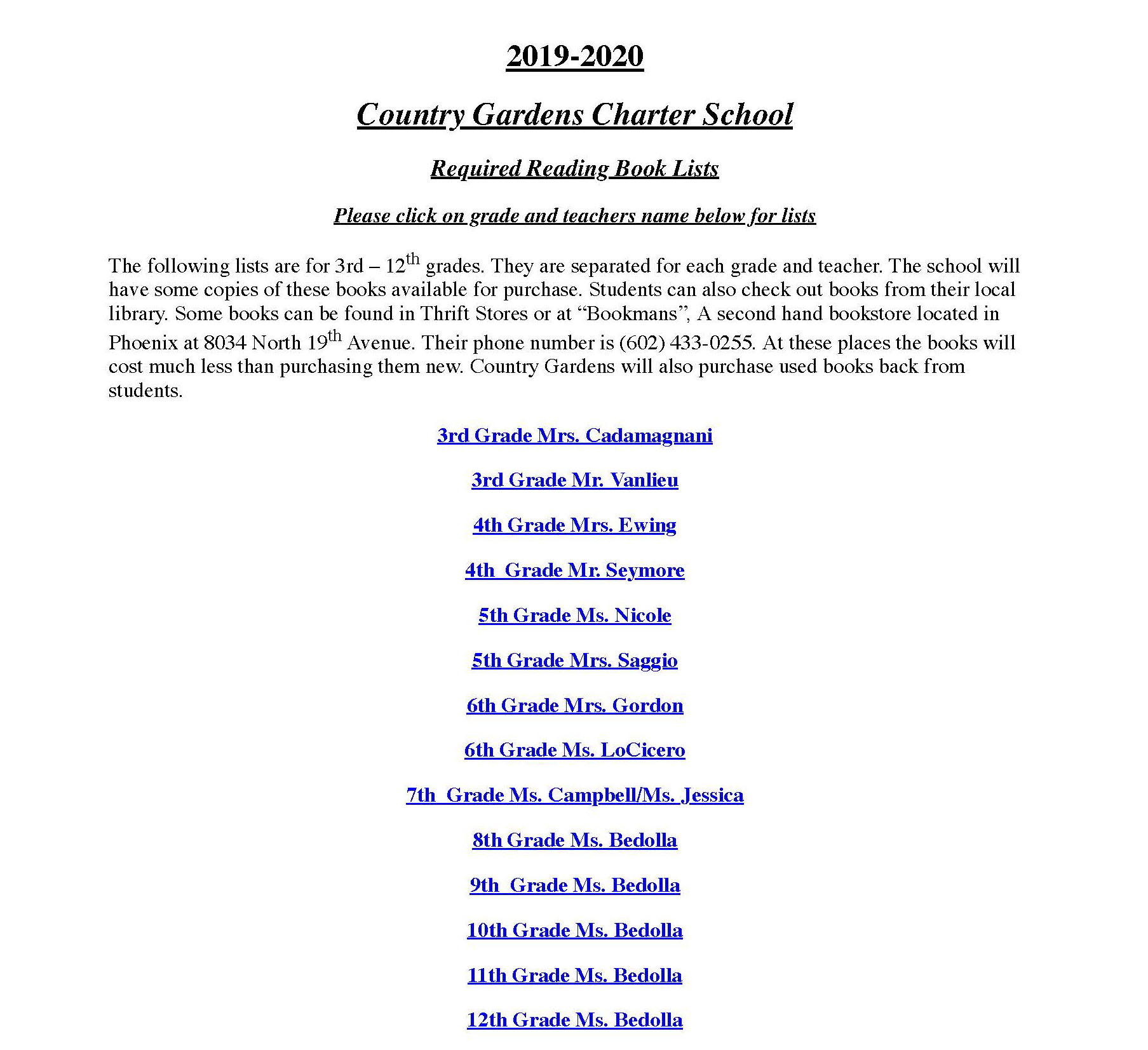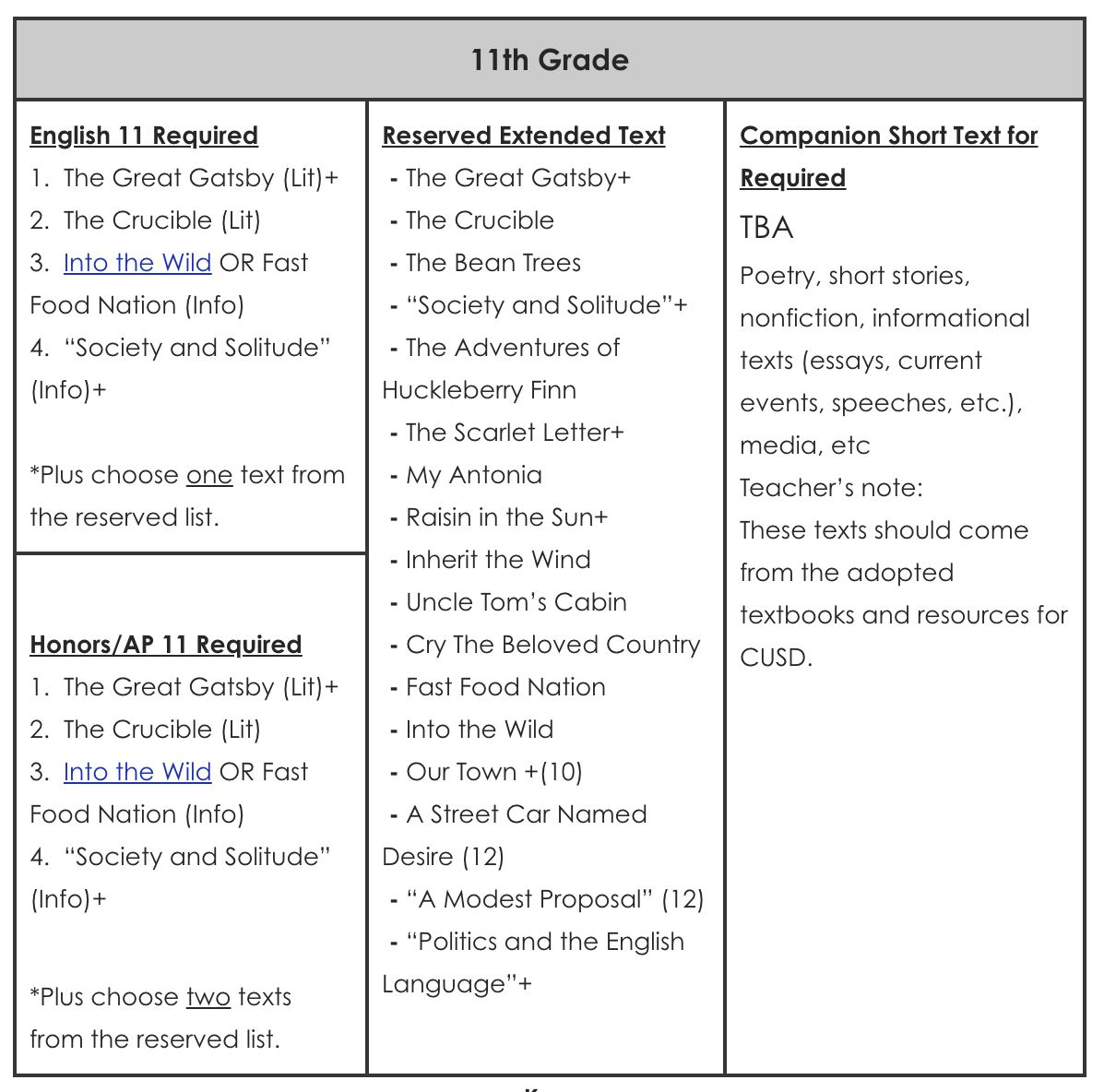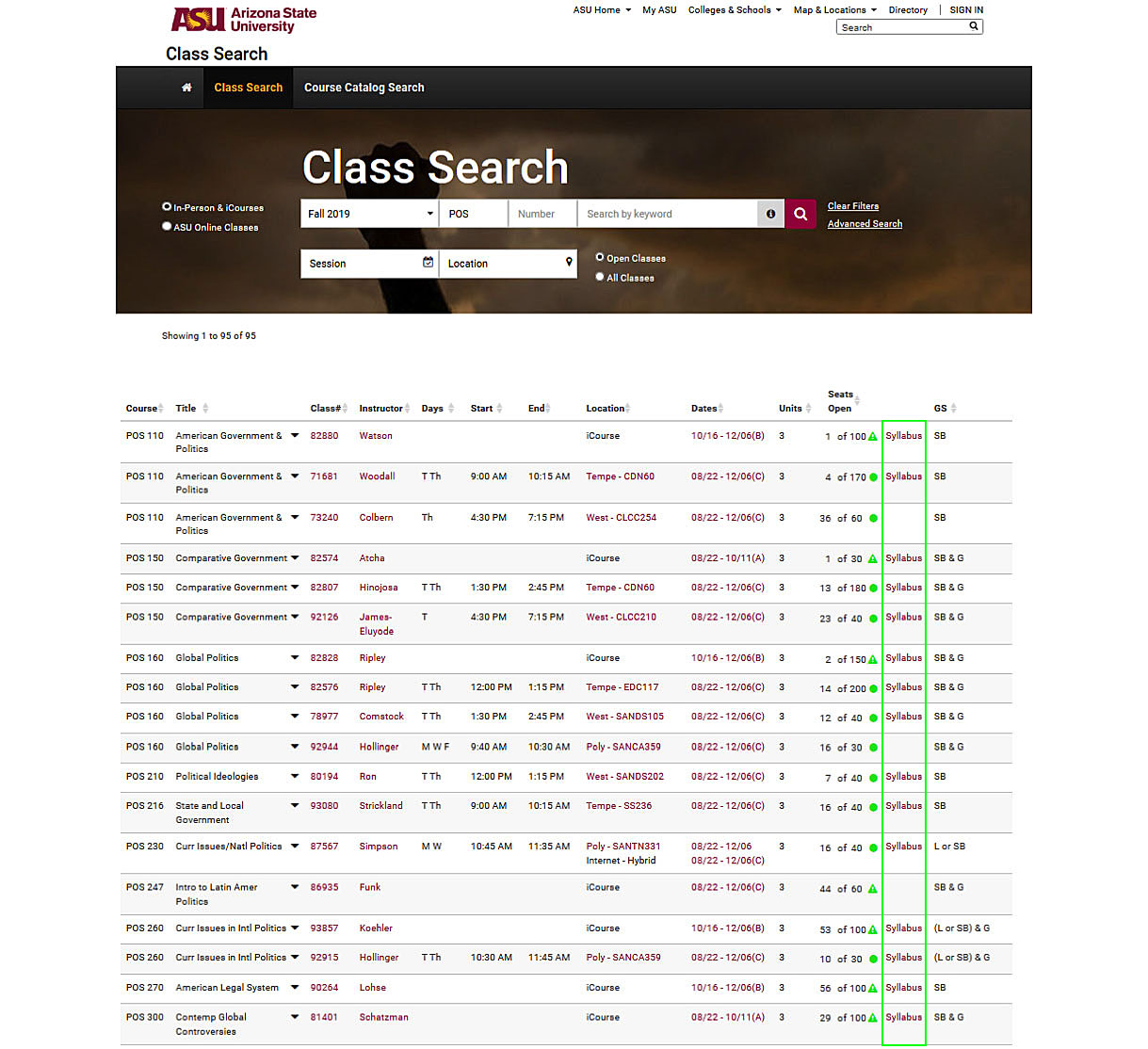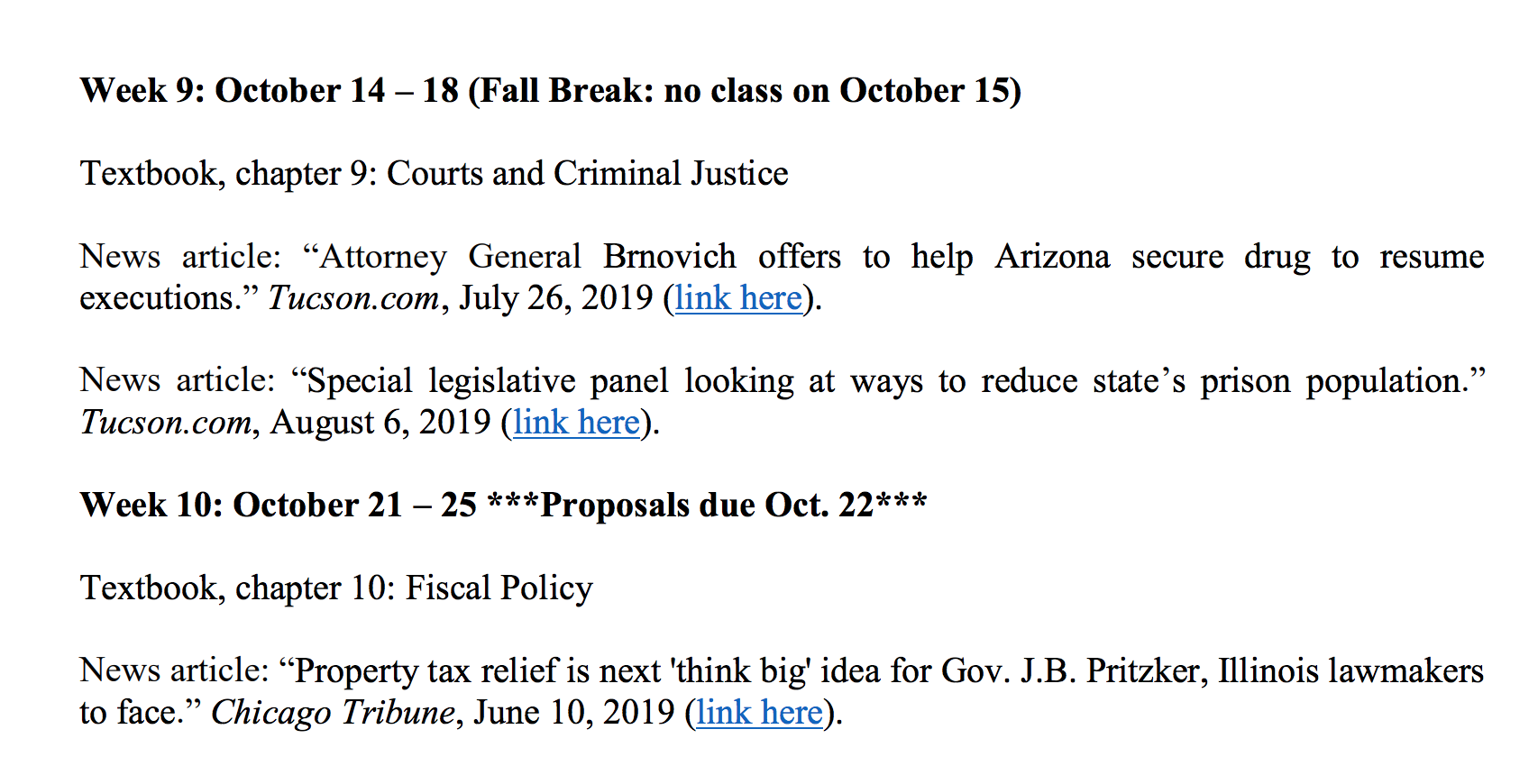




End Notes
1 “K-12 Math Ethnic Studies Framework,” Seattle Public Schools, last modified August 20, 2019, https://www.k12.wa.us/sites/default/files/public/socialstudies/pubdocs/Math%20SDS%20ES%20Framework.pdf.
2 “The 1619 Project,” The New York Times Magazine, August 18, 2019, https://pulitzercenter.org/sites/default/files/full_issue_of_the_1619_project.pdf.
3 Arizona Revised Statutes Section 15-113, https://www.azleg.gov/viewdocument/?docName=https://www.azleg.gov/ars/15/00113.htm.
4 “Secretary DeVos Takes Steps to Ensure State Report Cards Provide Accessible, Accurate and Transparent Information on How Schools Are Performing,” U.S. Department of Education, last modified September 24, 2019, https://www.ed.gov/news/press-releases/secretary-devos-takes-steps-ensure-state-report-cards-provide-accessible-accurate-and-transparent-information-how-schools-are-performing.
5 Joe Cohn,“HuffPo: Colleges Wrongly Hide Behind FERPA,” Foundation for Individual Rights in Education, February 3, 2016, https://www.thefire.org/huffpo-colleges-wrongly-hide-behind-ferpa/.
6 Arizona District Spending – Fiscal Year 2018, Arizona Auditor General, March 2019, https://www.azauditor.gov/reports-publications/school-districts/multiple-school-district/report/arizona-school-district-3; “Accountability and Research: State Accountability and Report Cards,” Arizona Department of Education, https://www.azed.gov/accountability-research/reportcards/.
7 Robert Pondiscio, “Classroom Content: A Conservative Conundrum,” in The Not-So-Great Society, eds. Lindsey Burke and Jonathan Butcher (The Heritage Foundation, 2019), chap. 10, https://www.heritage.org/the-not-so-great-society#chapter10.
8 Hank Stephenson, “Unapproved Economics Class with Ties to Koch Network Being Taught in TUSD,” Arizona Daily Star, November 18, 2017, https://tucson.com/news/local/unapproved-economics-class-with-ties-to-koch-network-being-taught/article_c8a649a1-5967-5260-88f7-9dfd5b90d21b.html.
9 “Wisconsin K-12 Education Poll and Memo,” Wisconsin Institute for Law and Liberty, April 2019, http://www.will-law.org/wp-content/uploads/2019/04/will-poll-memo-final.pdf.
10 “Red For Ed #RedforEd NEA National Education Association – Trademark Details,” Justia, https://trademarks.justia.com/880/29/nea-national-education-association-red-for-ed-88029139.html.
11 “New Business Item 2: 2019 Representative Assembly,” National Education Association, 2019, https://ra.nea.org/business-item/2019-nbi-002/.
12 “New Business Items: 2019 Representative Assembly,” National Education Association, 2019, https://ra.nea.org/business-items/?type=nbi.
13 Katy Waldman, “A Sociologist Examines the ‘White Fragility’ That Prevents White Americans from Confronting Racism,” The New Yorker, July 23, 2018, https://www.newyorker.com/books/page-turner/a-sociologist-examines-the-white-fragility-that-prevents-white-americans-from-confronting-racism.
14 Janice Jackson, “The 1619 Project and Chicago Public Schools,” Inside CPS (blog), September 17, 2019, https://blog.cps.edu/2019/09/17/the-1619-project-and-chicago-public-schools/.
15 Jackson.
16 “The 1619 Project,” The New York Times Magazine, August 18, 2019, https://pulitzercenter.org/sites/default/files/full_issue_of_the_1619_project.pdf; “Watch: The Times Presents the #1619Project,” The New York Times Magazine [online], August 13, 2019, https://www.nytimes.com/2019/08/13/magazine/1619-project-livestream.html.
17 Timothy Sandefur, “The Founders Were Flawed. The Nation Is Imperfect. The Constitution Is Still a ‘Glorious Liberty Document’” Reason.com, August 21, 2019, https://reason.com/2019/08/21/the-founders-were-flawed-the-nation-is-imperfect-the-constitution-is-still-a-glorious-liberty-document/.
18 Niles Niemuth, Tom Mackaman, and David North, “The New York Times’s 1619 Project: A Racialist Falsification of American and World History, World Socialist Website, The International Committee of the Fourth International (ICFI), September 6, 2019, https://www.wsws.org/en/articles/2019/09/06/1619-s06.html.
19 “K-12 Math Ethnic Studies Framework.”
20 Catherine Gewertz, “Seattle Schools Lead Controversial Push to ‘Rehumanize’ Math,” Education Week, October 14, 2019, https://www.edweek.org/ew/articles/2019/10/11/seattle-schools-lead-controversial-push-to-rehumanize.html.
21 Stephenson, “Unapproved Economics Class.”
22 “Activist and Historian Howard Zinn,” Big Think, December 27, 2010, https://bigthink.com/activist-and-historian-howard-zinn; Paul Glavin and Chuck Morse, “War is the Health of the State: An Interview with Howard Zinn,” Perspectives on Anarchist Theory, Vol. 7, No. 1, Spring 2003.
23 “Teacher Donates People’s History Books to Arizona Schools,” Zinn Education Project, May 11, 2017, https://www.zinnedproject.org/news/teacher-donates-peoples-history-books-to-arizona-schools/.
24 K-12 Math Ethnic Studies Framework.
25 Arizona Revised Statutes Section 15-113, https://www.azleg.gov/viewdocument/?docName=https://www.azleg.gov/ars/15/00113.htm; Arizona Revised Statutes Section 15-730, https://www.azleg.gov/viewdocument/?docName=https://www.azleg.gov/ars/15/00730.htm.
26 State Statutory Rights of Parents and Students, Tennessee Code 49-6-7003, Tennessee Department of Education, https://www.tn.gov/content/dam/tn/education/legal/legal_state_statuatory_rights_of_parents_and_students.pdf; Texas Statutes, Education Code Section 26.006, https://statutes.capitol.texas.gov/Docs/ED/htm/ED.26.htm#26.006.
27 Arizona Revised Statutes Section 15-730.
28 Texas Statutes, Education Code Section 26.006.
29 Arizona Revised Statutes Sections 15-721 and 15-722, https://www.azleg.gov/viewdocument/?docName=https://www.azleg.gov/ars/15/00721.htm.
30 Heather Hayes, “Virtual Reality Matures in the K-12 Classroom,” EdTech, March 27, 2019, https://edtechmagazine.com/k12/higher/article/2019/03/virtual-reality-matures-k-12-classroom.
31 Senate Bill 1459, As Introduced, Fifty-Fourth Arizona Legislature, First Regular Session, 2019, https://www.azleg.gov/legtext/54leg/1R/bills/SB1459P.pdf.
32 AZ School Report Cards, Arizona Department of Education, https://azreportcards.azed.gov/Home.
33 Arizona Revised Statutes Section 15-816.01, https://www.azleg.gov/viewdocument/?docName=https://www.azleg.gov/ars/15/00816-01.htm.
34 Arizona Revised Statutes Section 15-537.01, https://www.azleg.gov/viewDocument/?docName=http://www.azleg.gov/ars/15/00537-01.htm.
35 Arizona Revised Statutes Section 15-120, https://www.azleg.gov/viewDocument/?docName=http://www.azleg.gov/ars/15/00120.htm.
36 Great Hearts Curriculum, Great Hearts, https://www.greatheartsamerica.org/great-hearts-life/great-hearts-curriculum/curriculum-overview/.
37 CS/CS/HB 989, House of Representatives Final Bill Analysis, 2017, https://www.flsenate.gov/Session/Bill/2017/989/Analyses/h0989z1.PKQ.PDF; Florida Statutes Section 1006.283, http://www.leg.state.fl.us/statutes/index.cfm?App_mode=Display_Statute&Search_String=&URL=1000-1099/1006/Sections/1006.283.html.
38 Sarah Schwartz, “New Public Data Tool Lets You See What Curricula Schools in Nebraska are Using,” Education Week, December 23, 2019, http://blogs.edweek.org/teachers/teaching_now/2019/12/new_public_data_tool_lets_you_see_what_curricula_schools_nebraska_using.html.
39 Pondiscio, “Classroom Content.”







